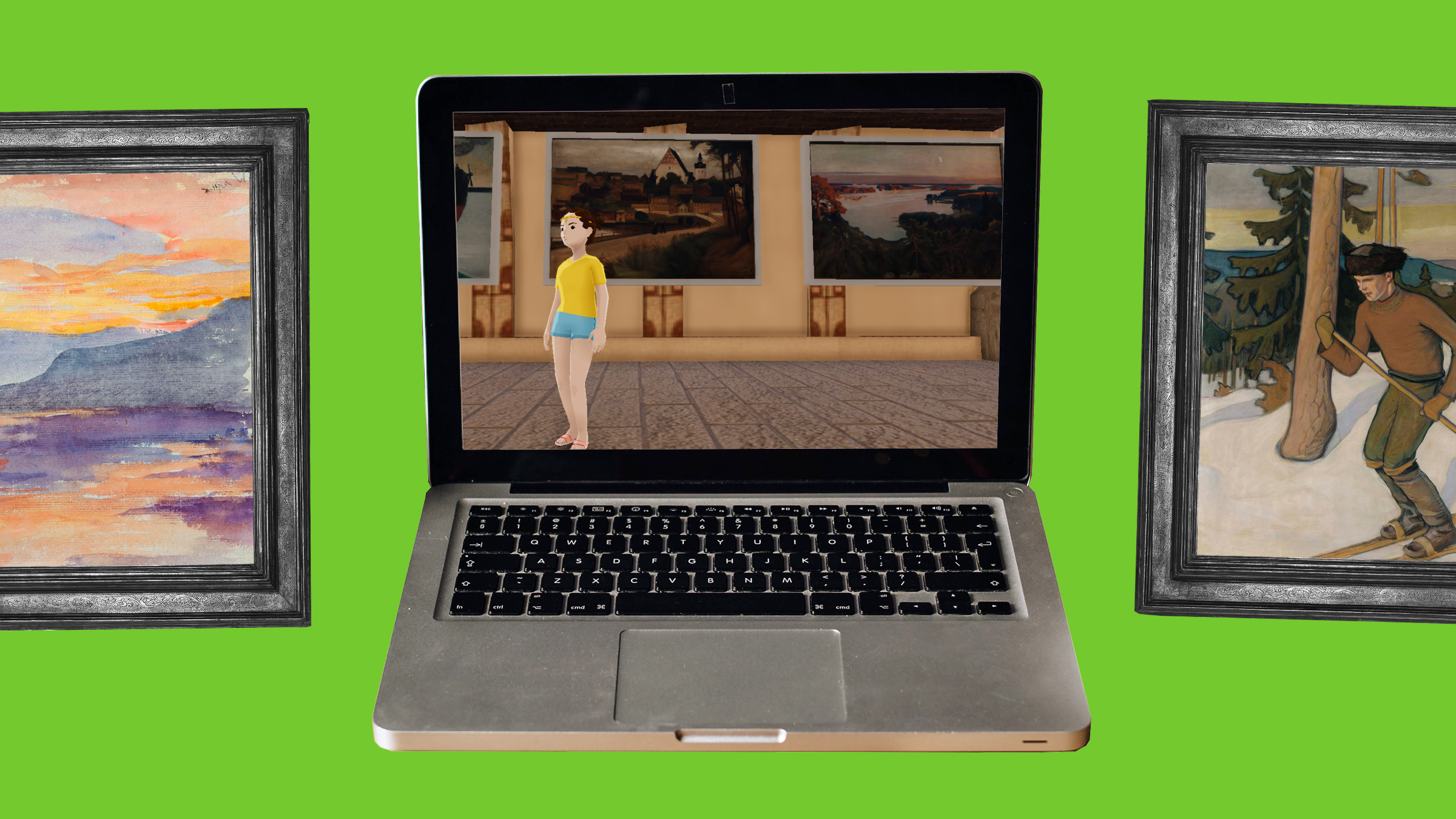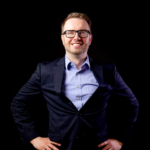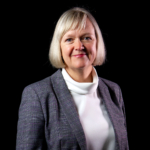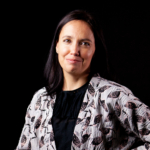Sitra, the Finnish National Gallery and Decentraland have created a digital version of the Finnish pavilion at the 1900 Paris World Fair in a three-dimensional virtual world. Everyone can visit the virtual pavilion of the Finnish Metagallery experiment and participate in voting for the selection of art works.
The aim of the experiment is not only to inspire art lovers to explore the interactive virtual world, but also to find out how it works and the possibilities and features of the next stage of the internet, web 3.0.
Sitra’s work to further the development of web 3.0 is part of efforts to reform the economy and boost Finland’s competitiveness.
The Finnish Metagallery experiment is expected to provide valuable insights into the next generation internet. It can also help create a web 3.0 network and a community or ecosystem in Finland.
“It is in Finland’s interest to better understand what web 3.0 and the metaverse are all about,” says Kristo Lehtonen, Director of Sitra’s Fair Data Economy theme.
The metaverse refers to various different visions of the future internet where the virtual world is built to complement the physical world and people can easily move from one service and environment to another. This implies new forms of participation, businesses and business models.
Promoting culture in the virtual world
The experiment is expected to provide learning about the potential of virtual worlds to offer new kinds of art exhibition experiences and ways to promote culture in the virtual world.
“The Metagallery is both an inspiring exploration of the metaverse of the future and an art exhibition that brings history to life. This suits us, as our mission is to promote the visibility, impact and development of Finnish cultural heritage,” explains Johanna Eiramo, Director of the Digital National Gallery programme.
The Finnish Metagallery exhibition will open to visitors on 4 October 2022 in Decentraland, a virtual world using blockchain technology.
“Through the Metagallery, we are able to bring something completely new to art lovers and explore how museums might be like in a web 3.0 world. The Finnish National Gallery has more than 44,000 works of art and related archival material, which we want to make more accessible. Research shows that virtual worlds bring a lot of positive benefits to human interaction,” says Kimmo Levä, Director General of the Finnish National Gallery.
“For most people, visiting museums is a social event as they go to exhibitions with family, friends, acquaintances and colleagues. The same is possible at the Decentraland exhibition,” he adds.
The experiment has also sought to explore the crossing of geographical boundaries in conveying art experiences in new sorts of participation, such as voting in a virtual world.
“It’s important for us to understand the quantity and quality of visitor activation and interaction, and the degree of difficulty in the virtual world,” says Eiramo. “A growing number of people are using digital services as a first preference and not as an extension of the physical world.”
Finland is in danger of falling behind
Lehtonen says that if Finland does not invest web 3.0 development now, it risks falling behind in developing and exploiting the next-generation internet.
Sitra has supported the realisation of project by providing expert assistance .
“As a future-oriented organisation, we want to contribute to the emergence of this knowledge and ecosystem in Finland.”
It is in Finland’s interest to play an active role in ensuring that the metaverse is built in line with European values. The decentralised internet, or web 3.0, has been seen as a fairer internet, where individuals have more control over and trust in the use of their own data.
“What web 3.0 becomes depends on all of us. It depends on the ground rules, legislation, technologies and business models that we develop going forward. In Finland too, legislation needs to be updated.”
The Finnish Metagallery is in English because that is the language of the Decentraland platform. It is free of charge to visitors.
The Metagallery pavilion was created by the design and innovation studio Adventure Club using open source code. The pavilion model will be freely available to anyone to use after the Decentraland pavilion closes at the end of the year.
As an independent future fund, Sitra is a think tank, promoter of experiments and operating models and catalyst for co-operation, creating a successful and competitive Finland of tomorrow. Sitra uses experimentation as a means to gather and share knowledge and to foster long-term change in society.
Sitra and the Finnish National gallery organised the launch of an art exhibition experiment and a networking event (in Finnish) on 6 October 2022.
Further reading
Sitra accelerates Web 3.0 innovation with focus on experimentation, regulation and accountability



